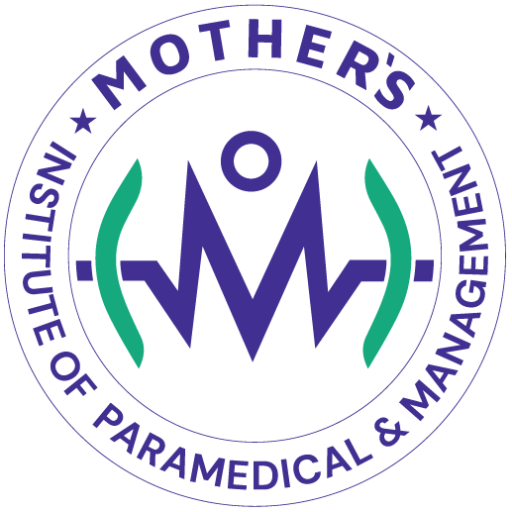Fire & Safety Skill Development
In any environment, be it residential, commercial, or industrial, fire safety is of paramount importance. A skill development program in Fire & Safety equips individuals with the necessary knowledge, skills, and expertise to prevent, mitigate, and respond to fire-related emergencies effectively.
- Life-Saving Skills: Job Perhaps the most critical advantage of a fire & safety program is the ability to save lives. Participants learn how to identify fire hazards, implement preventive measures, and respond swiftly and effectively in the event of a fire emergency, potentially saving lives and minimizing property damage.
- Compliance with Regulations: Job Industries and organizations are required to comply with various fire safety regulations and standards to ensure the safety of employees, customers, and the public. A skill development program helps individuals understand these regulations and implement appropriate safety measures to maintain compliance.
- Risk Management: Job Understanding fire safety principles enables individuals to assess and manage fire-related risks effectively. By identifying potential hazards and implementing control measures, organizations can reduce the likelihood of fire incidents and mitigate their impact if they occur.
- Enhanced Workplace Safety Culture: Job A focus on fire safety fosters a culture of safety within organizations, encouraging employees to be proactive about identifying hazards, reporting concerns, and adhering to safety protocols. This proactive approach can help prevent accidents and injuries in the workplace.
- Career Advancement: Job By acquiring specialized skills and expertise in fire & safety, individuals can pursue career opportunities in various industries, including manufacturing, construction, hospitality, healthcare, and emergency services. Certification in fire & safety can enhance employability and open doors to advancement opportunities within organizations.
- Fire Prevention and Hazard Identification: Job Participants learn how to identify potential fire hazards in various environments, including residential, commercial, and industrial settings. They also learn strategies for fire prevention, such as proper storage of flammable materials, electrical safety practices, and fire-resistant construction techniques.
- Fire Suppression Systems and Equipment: Job This includes training on different types of fire suppression systems, such as fire extinguishers, sprinkler systems, and fire alarms. Participants learn how to operate and maintain these systems effectively to extinguish fires and alert occupants to evacuate safely.
- Emergency Response and Evacuation Procedures: Job Participants learn how to develop and implement emergency response plans, conduct fire drills, and evacuate buildings safely in the event of a fire emergency. They also learn first aid techniques and basic life support skills to assist individuals affected by fire-related injuries.
- Fire Investigation and Incident Management: Job Participants learn how to conduct fire investigations to determine the cause and origin of fires. They also learn incident management principles, including incident command systems, communication protocols, and coordination with emergency response agencies.
- Regulatory Compliance and Standards: Job Participants gain an understanding of local, national, and international fire safety regulations and standards, including building codes, fire codes, and occupational safety regulations. They learn how to ensure compliance with these regulations to maintain a safe working environment.
- Fire Safety Officer/Manager: Job Responsible for developing, implementing, and monitoring fire safety programs and procedures within organizations to ensure compliance with regulations and standards.
- Fire Inspector: Job Conducts inspections of buildings, facilities, and equipment to assess fire safety compliance and identify potential hazards. Provides recommendations for corrective actions to mitigate risks and ensure compliance.
- Firefighter: Job Responds to emergency calls to extinguish fires, rescue individuals, and provide emergency medical assistance. Conducts fire suppression operations and assists with fire prevention and public education efforts.
- Health and Safety Officer: Job Manages occupational health and safety programs within organizations, including fire safety training, hazard identification, risk assessment, and incident investigation. Ensures compliance with health and safety regulations to protect employees and the public.
- Emergency Management Coordinator: Job Coordinates emergency response and preparedness efforts within organizations or government agencies. Develops emergency response plans, conducts drills and exercises, and coordinates with emergency response agencies during actual emergencies.
- Safety Trainer/Instructor: Job Provides training and education on fire safety, emergency preparedness, and response procedures to employees, students, and community members. Develops training materials, conducts workshops and seminars, and evaluates training effectiveness.
- Industrial Hygienist: Job Identifies and assesses occupational health hazards, including fire and chemical hazards, in industrial environments. Develops control measures and recommends safety procedures to minimize risks and protect workers’ health.
In conclusion, a skill development program in Fire & Safety offers numerous advantages, including life-saving skills, compliance with regulations, risk management, enhanced workplace safety culture, and career advancement opportunities. With a wide scope of specialization areas and job roles across fire prevention, suppression, emergency response, regulatory compliance, and safety training, individuals with expertise in fire & safety are in high demand and play a critical role in protecting lives, property, and the environment.

